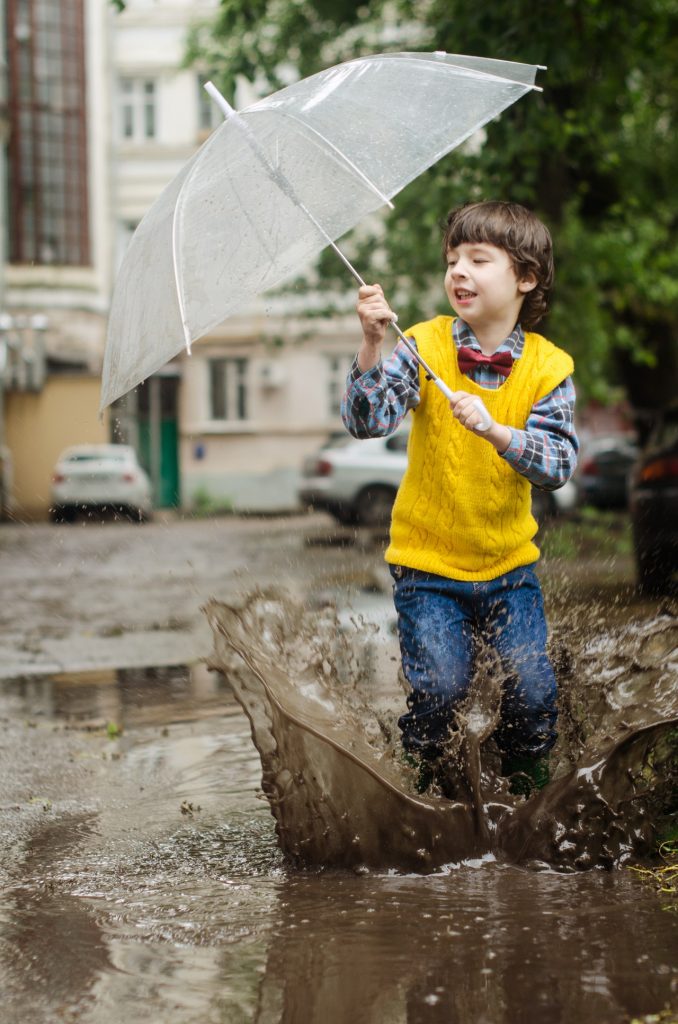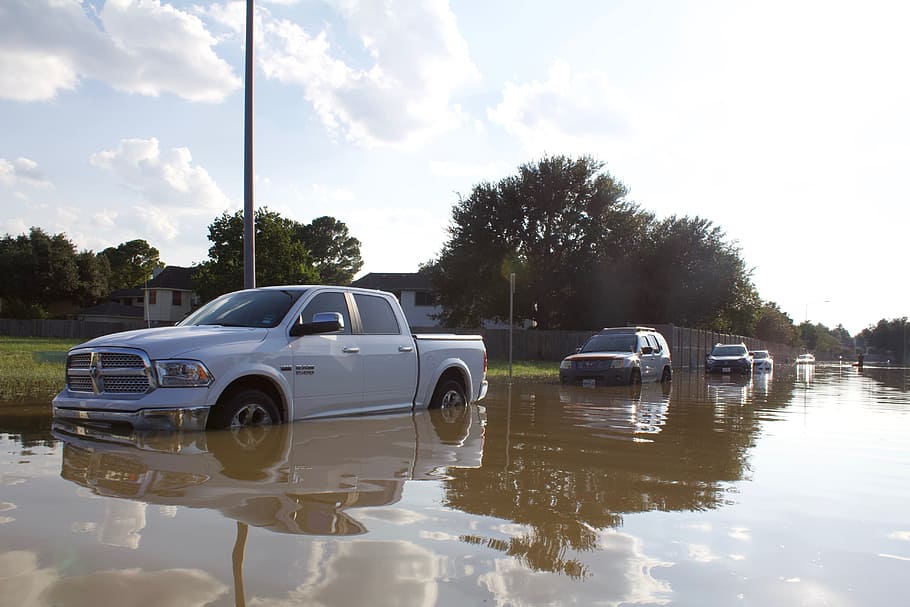Has Flood Water Damaged My Vehicle?
April 8, 2020

Remember jumping in mud puddles as a kid? The joy of kicking the water. The wonder of how high up your rain boots the puddle will go. As an adult, none of that comes to mind following a flood. As we emerge from our dry shelters, we assess the damage. How do you know if your vehicle has been damaged and what to do if it has? This article will help guide you on steps to take following a flood.

Assess Vehicle for Flood Damage
- Investigate vehicle for damage. How high did the waters rise on your vehicle? Note this down or take photos. Do Not Start the vehicle, it could damage the engine, if water is present.
- Do not delay. Start drying your vehicle out immediately. If your vehicle was submersed in salt water, you have no time to waste as the salt will corrode the vehicle more quickly than fresh water. Check your vehicle’s fluids for flooding. Drain them if you require a tow.
- File a claim. Contact your insurance company to inquire of their requirements after a flood, they might have additional measures for you to take including an oil dipstick check or photos of interior water damage. Call them as soon as you can after taking care of steps 1 and 2.
If you’re in the buyer’s market, do NOT buy a vehicle that has flood-damage. According to Carfax.com, there are signs of flooding to watch out for, read more here:
- A musty odor in the interior, which can sometimes be covered with a strong air-freshener
- Upholstery or carpeting which is loose, new, stained or doesn’t match
- Damp carpets
- Rust around doors, under the dashboard, on the pedals or inside the hood and trunk latches
- Mud or silt in the glove compartment or under the seats
- Brittle wires under the dashboard
- Fog or moisture beads in the interior lights, exterior lights or instrument panel
Bring any vehicle to TP Brake & Muffler to be assessed before you buy it. We’re here to keep you safe.
View All Entries
